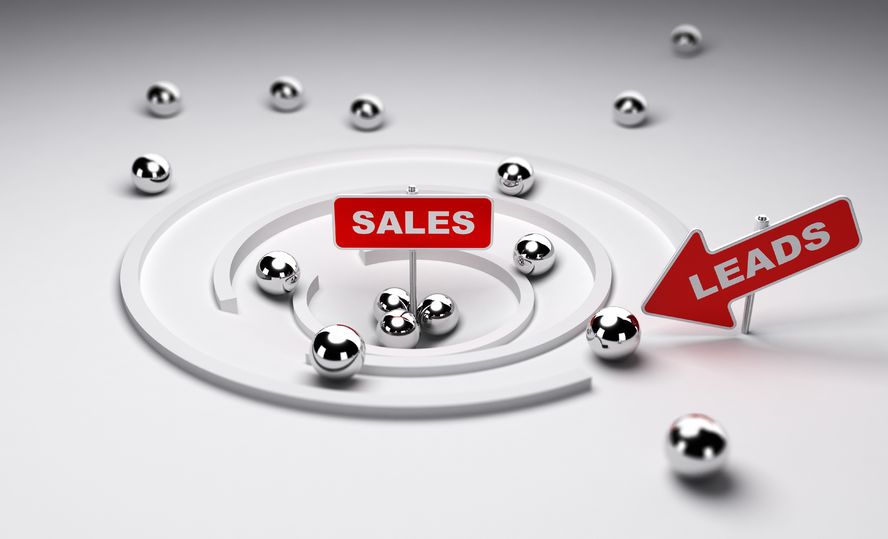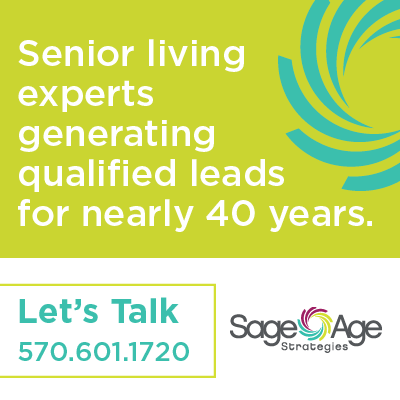We have a cheat sheet and we’re willing to share.
By Susan Saldibar
It’s one thing to get a lead, and altogether another to work it through successfully to fruition. The winners are those who can act quickly and then work to keep the prospects engaged. So, how fast on the trigger are you? Are you fast enough?
Lead Acumen
First, here are a few questions to test your “lead acumen”:
-
How many websites do most prospects visit before deciding to tour a community in person?
-
How many providers do referral agencies share with each inquiry?
-
How quickly should you follow up on every lead?
-
After you respond to an incoming lead, how many times should you follow up within the next 24 hours?
Speed-To-Lead
To get the answers (and more), I turned to Jason McCloud, VP of Digital Marketing for Sage Age, a Senior Housing partner. Jason speaks regularly at seminars and events and has assembled an impressive amount of data about what he terms the “Speed-to-Lead” concept. Here are the answers:
-
Q: How many website visits do most prospects visit before deciding to tour a community in person?
A: 4 or more. “You are not alone out there,” says Jason. “At any given time you are competing with a handful of other communities. Even after you develop a lead, it can easily slip away if you are not staying on top of it.” -
Q: How many providers are referral agencies sharing with each inquiry?
A: At least 3 to 4 providers (on average) in any given marketing service agreement (MSA). That doesn’t mean not to use a referral agency. But you do need to know that you are one of several communities which will be presented to the prospect. -
Q: How quickly should you follow up on every lead?
A: Within 15 minutes, but preferably even faster, says Jason. According to a 2012 MIT Lead Response Management Study, the odds of successfully developing a lead contacted within 5 minutes versus 30 minutes drop 100 times. In other words, the faster you respond, the better. But waiting until more than 20 hours could be detrimental. According to the referral site, Caring.com, A Senior Housing Forum Partner, after 1 hour of no contact with a potential inquiry, the ability to schedule a tour drops by 50%! -
Q: After you respond to an incoming lead, how many times should you follow up within the next 24 hours?
A: At least 3 times. “If you can’t connect in person, at least send a personalized email,” says Jason. Persistence pays off. Too many sales reps give up after only one or two tries. The leads are then back burnered or abandoned altogether. “If you don’t work them, someone else will,” says Jason.
Quick Follow Up
The graphic below, courtesy of DEI, illustrates the dramatic difference quick follow up makes on gaining new business:
Wow. What a difference an hour or two makes.
Cheat Sheet
So what’s the secret formula? Jason suggests a combination of speed, persistence, prioritization and delegation. Here’s his “cheat sheet”:
-
SPEED: Follow up on every lead within 15 minutes or less.
-
PERSISTANCE: Be persistent; follow up at least 3 times within 24 hours. Send an email response if you cannot connect with the inquirer.
-
PRIORITIZATION: Use “Last In – First Out” method – Start with your freshest leads and work your way back.
-
DELEGATION: Train back-up teams to assist you with initial contact if you’re not available to follow up within 15 minutes.
The important thing to remember is not to take anything for granted. “There is a lot of competition out there and everyone wants to win a new client as much as you do,” says Jason. “The key is to respond quickly, and keep a steady flow of communication. Remember, just when you are ready to give up is when you are usually about to win.”
For more information about Speed-to-Lead and lead management automation, visit the Sage Age website.








